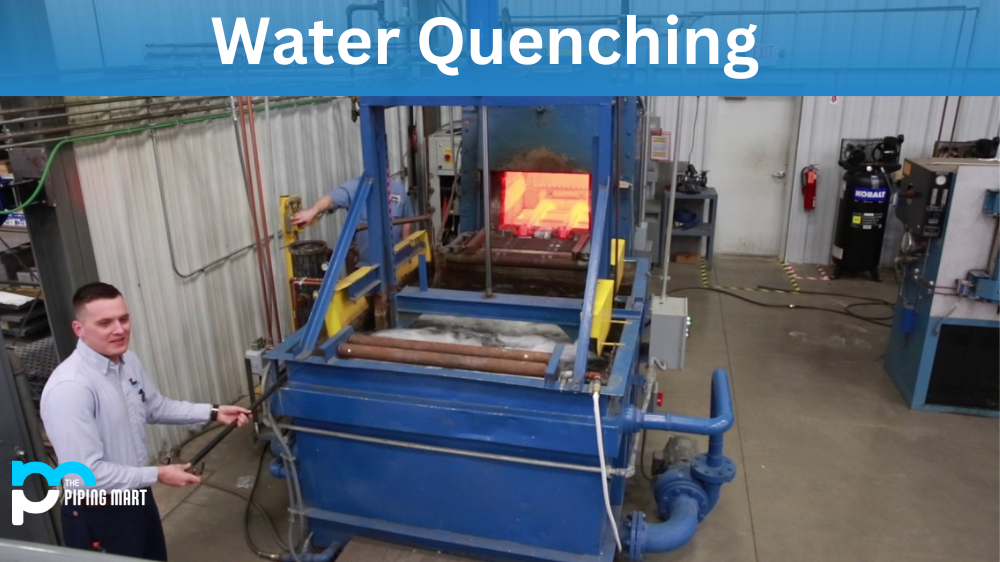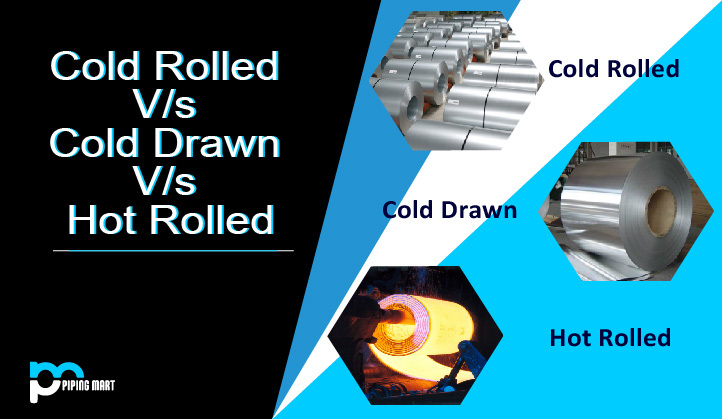If you’ve ever heard of the process of water quenching, you may be wondering what it is precisely and how it works. Water quenching is a standard method used in metalworking to cool quickly and achieve the desired hardness. It involves immersing hot metals into cold water or other fluids, allowing them to cool much faster than air cooling. Below, we’ll discuss the different types of water quenching and the process involved.
Water Quenching Types
The type of water quenching used depends on the material being cooled. There are generally two categories that materials fall into- low carbon steels and higher alloyed materials, such as tool steels and stainless steels. Low-carbon steel can be cooled using plain water, but special liquids must be used for higher alloyed materials. These liquids vary in composition based on what material is being cooled, but examples include brines (salt solutions), oils, polymers, glycols, and even molten salts.
Water Quenching Process
Water quenching is a relatively simple process that involves three steps: heating, soaking/quenching and tempering. Heating the metal is usually done through forging or casting- this raises its temperature to an austenite state so it can be hardened during quenching. The next step is soaking/quenching- this involves immersing the hot metal in a liquid bath to cool it quickly while also hardening it- this liquid can either be water or a special solution depending on the material being cooled (see above). The last step is tempering- this allows for some flexibility in the metal without compromising its strength or hardness. This involves reheating the part above its critical temperature followed by rapid cooling to remove any stresses built up during quenching and allow for better machinability afterwards.
Conclusion:
Water quenching is an important process in metalworking that allows for quickly cooling metals while also hardening them, so they have greater strength and durability. Depending on what material is being cooled, different fluids may need to be used; however, all processes involve heating, soaking/quenching and tempering. Allowing metals to cool more slowly through air cooling will not produce nearly as strong results as water quenching, thus making it an invaluable tool for achieving superior strength in many types of metals produced today!

A passionate metal industry expert and blogger. With over 5 years of experience in the field, Palak brings a wealth of knowledge and insight to her writing. Whether discussing the latest trends in the metal industry or sharing tips, she is dedicated to helping others succeed in the metal industry.




